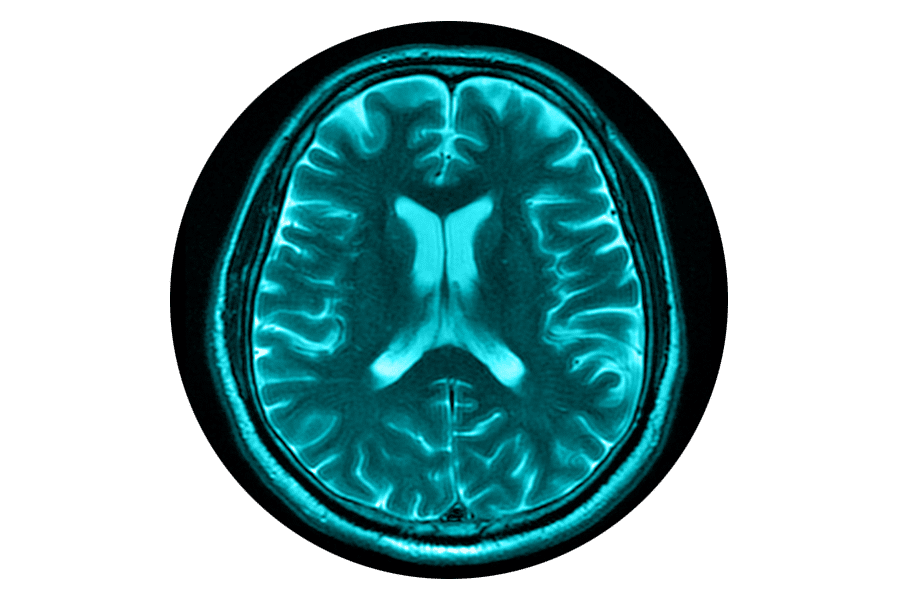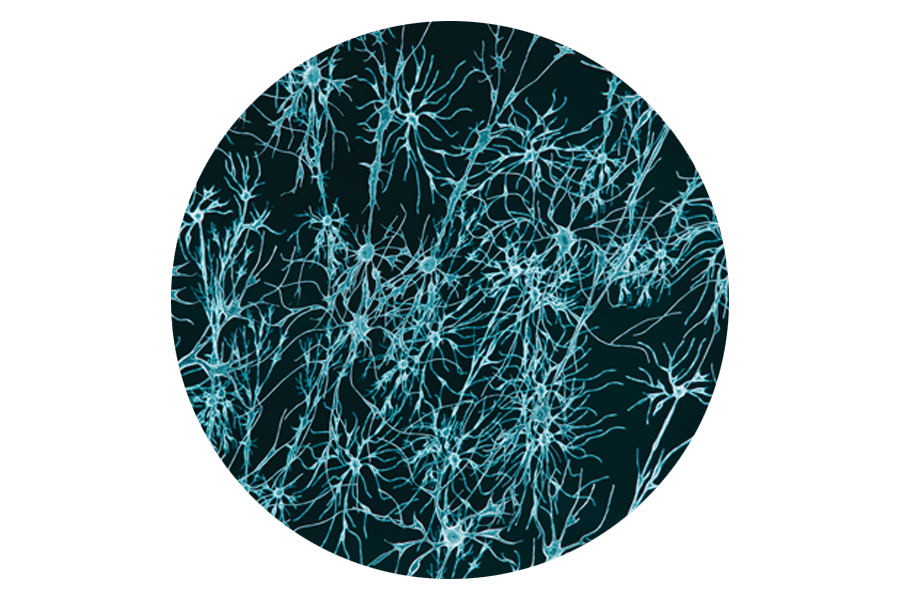Discover deeper neurogenomics insights
The PacBio systems using Single Molecule, Real-Time (SMRT) sequencing provide exceptionally long reads, uniform coverage and high consensus accuracy. This technology enables scientists to gain a more comprehensive understanding of the genetic basis of neurological disease.
Explore the range of neurogenomics applications
Targeting sequencing
Targeting sequencing of candidate genes with pre-designed capture panels or long-range PCR to enrich and sequence multi-kilobase fragments
Variant detection
Variant detection to phase alleles and screen for variants including SNPs, complex structural variants like repeat expansions, and long homopolymers
RNA sequencing
RNA sequencing of full-length isoforms of disease-relevant genes to characterize the complete landscape of gene-specific transcripts
On-demand webinar
PIECING TOGETHER THE PUZZLE OF GENETIC DISEASE
NOW ON DEMAND: Watch how two scientists use whole genome sequencing and single-cell RNA sequencing to shed light on unresolved neurological medical mysteries.
On-demand webinar
UNCOVERING THE UNSEEN IN HUMAN GENOMIC RESEARCH SEQUENCING
Watch this engaging digital event covering exciting new PacBio informatics tools and sequencing solutions developed specifically for human and clinical genomics research.
Whitepaper
Bulk and single-cell isoform sequencing for human disease research
In this whitepaper, we discuss the features of bulk and single-cell isoform sequencing with the Iso-Seq method and their applications in human genomics.
Spotlight
Germline mosaicism of a missense variant in KCNC2 in a multiplex family with autism and epilepsy characterized by long-read sequencing
Currently, protein-coding de novo variants and large copy number variants have been identified as important for ~30% of individuals with autism. One approach to identify relevant variation in individuals who lack these types of events is by utilizing newer genomic technologies. In this study, highly accurate PacBio HiFi long-read sequencing was applied to a family with autism, epileptic encephalopathy, cognitive impairment, and mild dysmorphic features with no known clinical variant.
Mehinovic, E. et al. 2022. Germline mosaicism of a missense variant in KCNC2 in a multiplex family with autism and epilepsy characterized by long-read sequencing, AJMG, https://doi.org/10.1002/ajmg.a.62743


Spotlight
Full-length transcript sequencing of human and mouse cerebral cortex identifies widespread isoform diversity and alternative splicing
Leung et al. use long-read sequencing to annotate RNA isoforms in the human and mouse cortex. They identify novel transcripts and evidence for differential transcript usage between the fetal and adult cortex. Their data confirm the importance of alternative splicing as a mechanism underpinning gene regulation in the brain.
Leung, S.K. et al. 2021. Cell Reports, https://doi.org/10.1016/j.celrep.2021.110022


